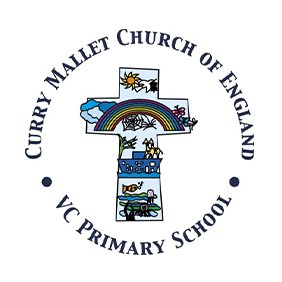Art
Curriculum Overview
Intent
Our aim is for all children to experience a high-quality art and design education which engages, inspires and challenges pupils, equipping them with the knowledge and skills to experiment, invent and create their own works of art, craft and design. Children should begin to be able to think critically and develop a more rigorous understanding of art and design. All children will gain an understanding of how art and design both reflect and shape our history and contribute to the culture and creativity of our nation.
Implementation
Children will have regular art and design lessons where they will produce creative work, exploring their ideas and recording their experiences. They will do drawing, painting, sculptureand use other art, craft and design techniques, regularly evaluating and analysing creative works using the language of art, craft and design. They will learn about great artists, craft makers and designers, and understand the historical and cultural development of their art forms.
Impact
The children will enjoy creating art, appreciate the art of different artists and be able to confidently express themselves artistically in a wide range of ways. Children will be able to demonstrate their creativity, using their skills, with projects being regularly displayed in order that they enjoy showing their creativity and they take pride in their work. They will be able toevaluate their own art and design projects, as well as those of artists, designers and craftsmen.
Planning
We follow the National Curriculum and regularly link our art to our enquiry led projects for deeper enrichment and to approach these projects from a creative perspective. We ensure that planning incorporates the use of a wide range of media and that it allows children to experience the work of artists and craftsmen, working with a particular medium or topic, allowing critical evaluation of these artists’ work and enabling children to draw on their ideas for their own art.
The school website has links to our yearly overview planning, which shows the art taught for each class throughout each term. This helps us plan and ensure progression with lessons increasing in depth of understanding and range of knowledge throughout the primary years.
Knowledge and skills progression through the school
At Curry Mallet, artistic and design skills and knowledge will be developed through each phase of learning by building on previous levels of understanding. In every class the children will be taught via a rolling program of enquiry led projects carefully planned to ensure teaching of knowledge, vocabulary and skills that are progressive and planned over time sequentially in order to build progression. Our curriculum has planned cross-curricular links and engaging experiences to bring richness and depth to each project. It is deliberately sequential so that children can make links and can logically build knowledge and understanding of the world and their place in it.
Objectives detailed below:
KS1 pupils will:
• Use a range of materials creatively to design and make products
• Use drawing, painting and sculpture to develop and share their ideas, experiences and imagination
• Develop a wide range of art and design techniques in using colour, pattern, texture, line, shape, form and space.
• Children appreciate the work of a range of artists, craft makers and designers, describing the differences and similarities between different practices and disciplines, and making links to their own work
KS2 children will develop their techniques, including their control and their use of materials, withcreativity, experimentation and an increasing awareness of different kinds of art, craft and design:
• Create sketch books to record their observations and use them to review and revisit ideas
• Improve their mastery of art and design techniques, including drawing, painting and sculpture with a range of materials [for example, pencil, charcoal, paint, clay
• Appreciate great artists, architects and designers in history
Recording
Lessons will rarely require written notes. Art projects will be completed independently or collaboratively. Ongoing teacher assessment will take place, consisting of the teacher encouraging the children’s self-expression through art, with the expectation that children grow in creativity, trying new media, methods and creative ideas, drawing on what they learn about artists and their work.
Reporting
Attainment grades will not be given, rather the opportunity to share and celebrate with peers, parents and the wider community. All children will have the opportunity produce and share artwork using a range of media to show their personal creativity and gain experience and enjoyment from expressing themselves creatively. Art work will be exhibited work in the classroom, sent home for parents to see and or exhibited in the community e.g. within the village church.
Monitoring
Leaders of Learning will monitor both planning and art produced as well as talking to the children about what they have enjoyed and the progress they have made in building upon their skills.
ART Rolling Program 2024- 25.docx
art overview and rolling programme.pdf


